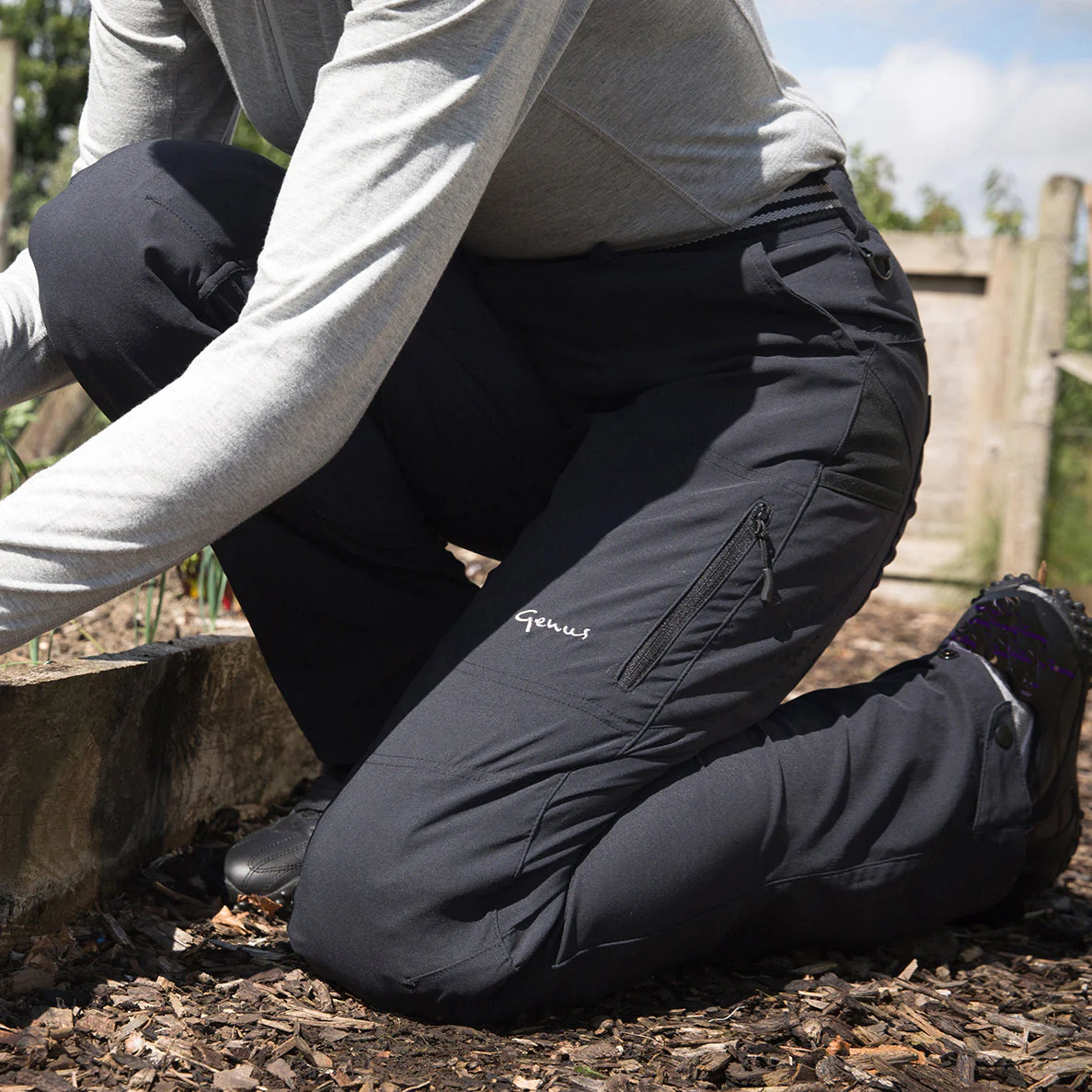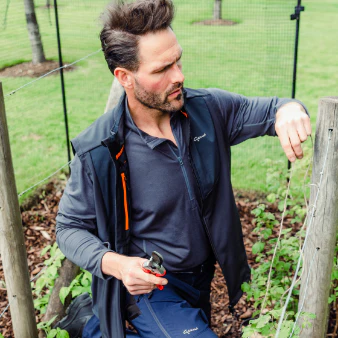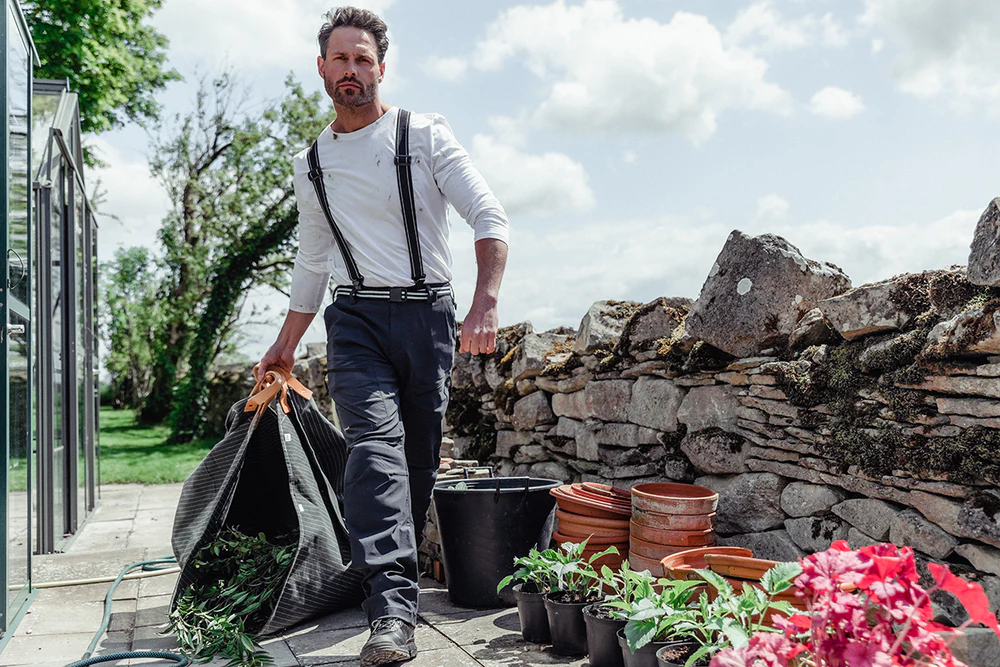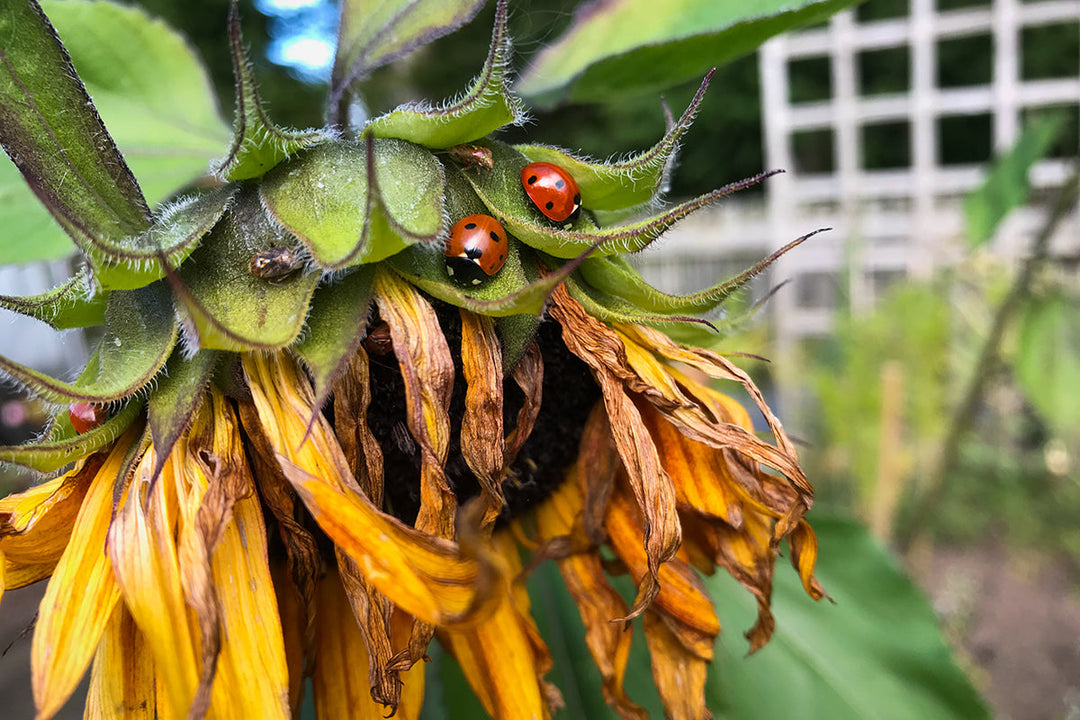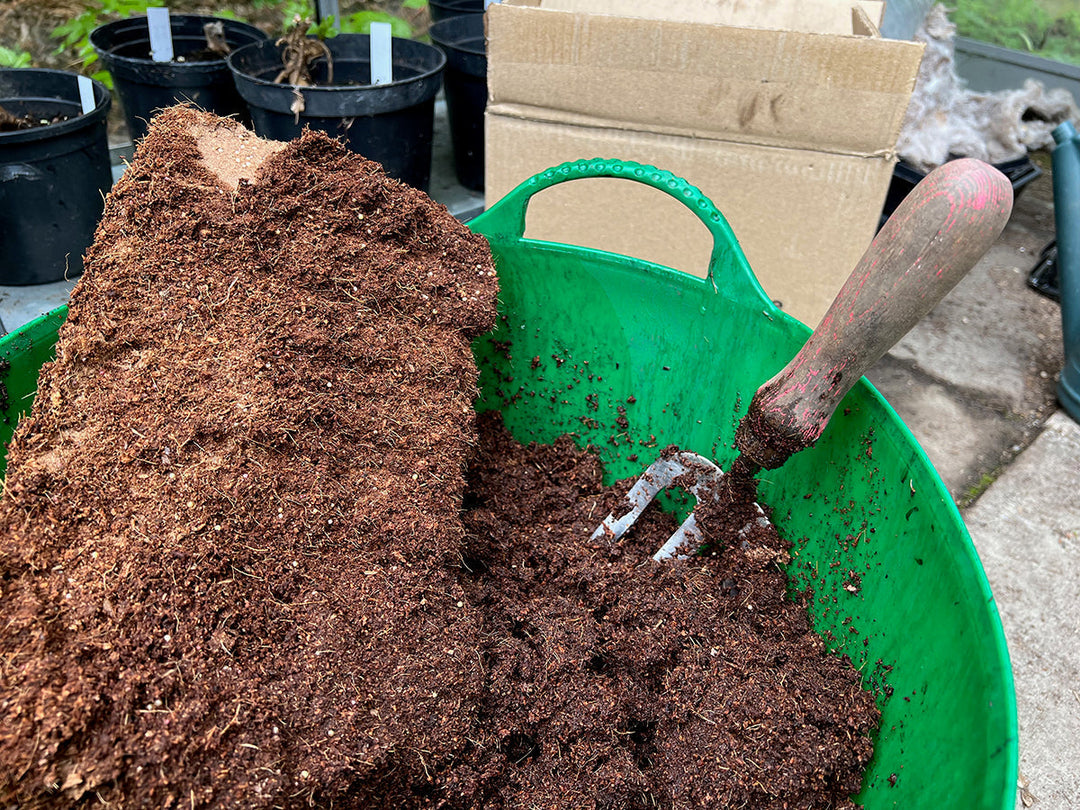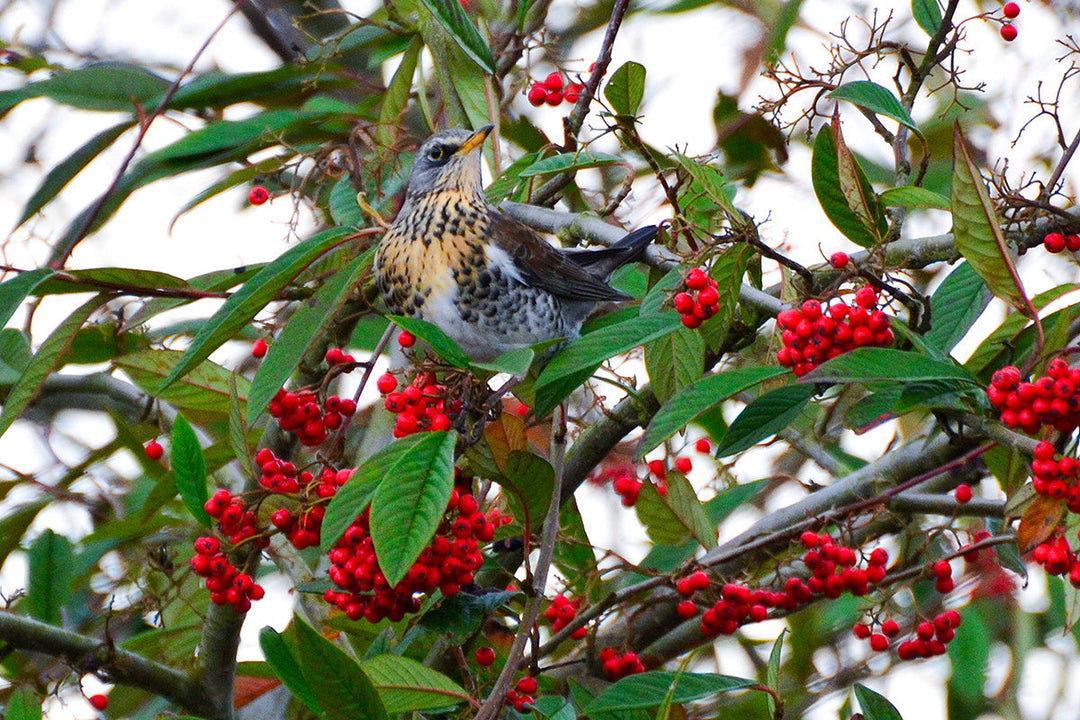The plants around us - plant-based insulation
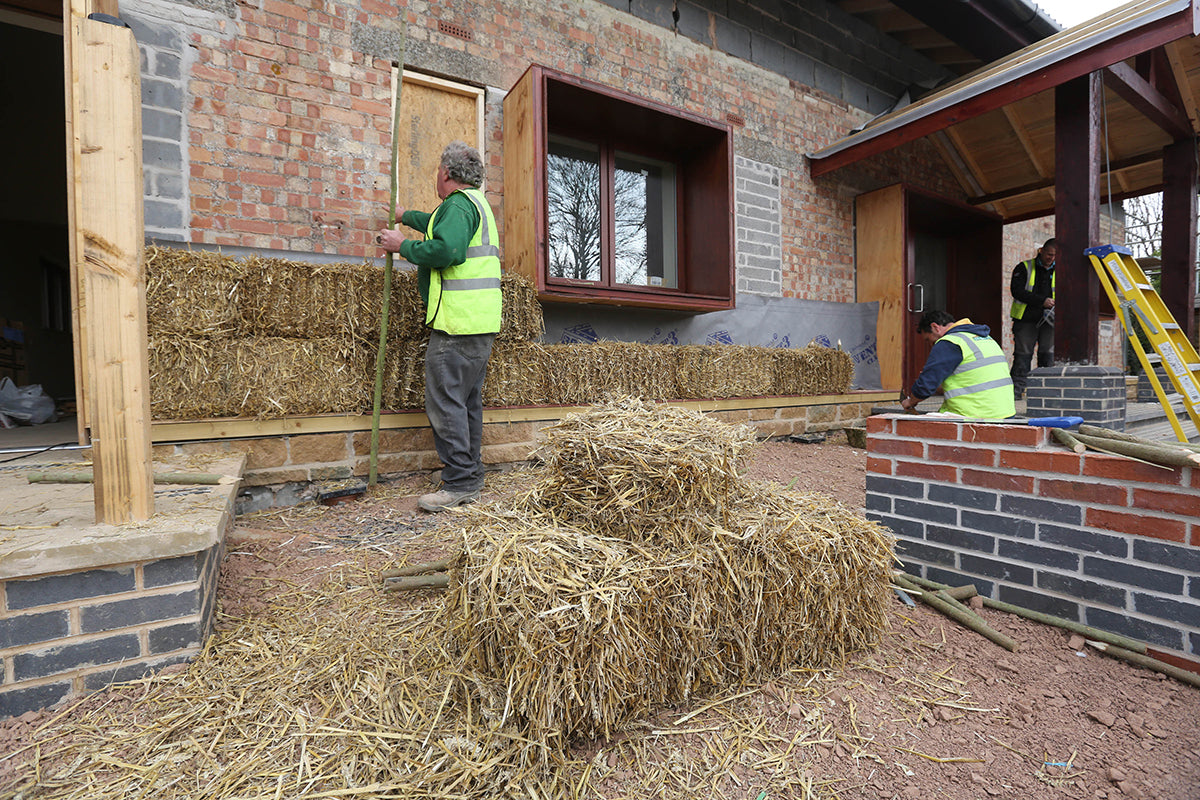
Plant-based insulation is emerging as a leading choice for environmentally-conscious homeowners and as an alternative, not only providing good thermal efficiency but also meeting eco-friendly living requirements and practices. With new construction or the renovation of existing homes, plant-based insulation can help create more sustainable and energy-efficient living spaces.
Unlike traditional insulation materials, plant-based options have a lower carbon footprint and contain no toxic chemicals, creating healthier indoor environments.
Though initial costs may be higher with plant based options, research indicates that homes using plant-based insulation can achieve up to 30% reduction in energy consumption and the installation process is also more straightforward and safer, requiring minimal protective equipment due to the absence of harmful substances.
Several plant-based materials are available for insulation purposes. Hemp insulation has excellent durability and resistance to pests and mould. It effectively manages moisture levels, and maintains its insulating properties regardless of humidity changes. Cotton insulation provides excellent soundproofing capabilities and is particularly suitable for interior walls. Its non-toxic nature makes it safe to handle during installation. Flax insulation offers high thermal efficiency and natural breathability, with the added benefit of inherent fire-resistant properties.
Straw, cork, wood fibre, sisal wool, cashew nut shell, shredded paper, and olive stones are other naturally occurring plant-based options that can be used as insulation. Even those fluffy ‘exploding’ seed heads of bullrush (Typha latifolia) have been put to use as a replacement filling in feather down jackets.


